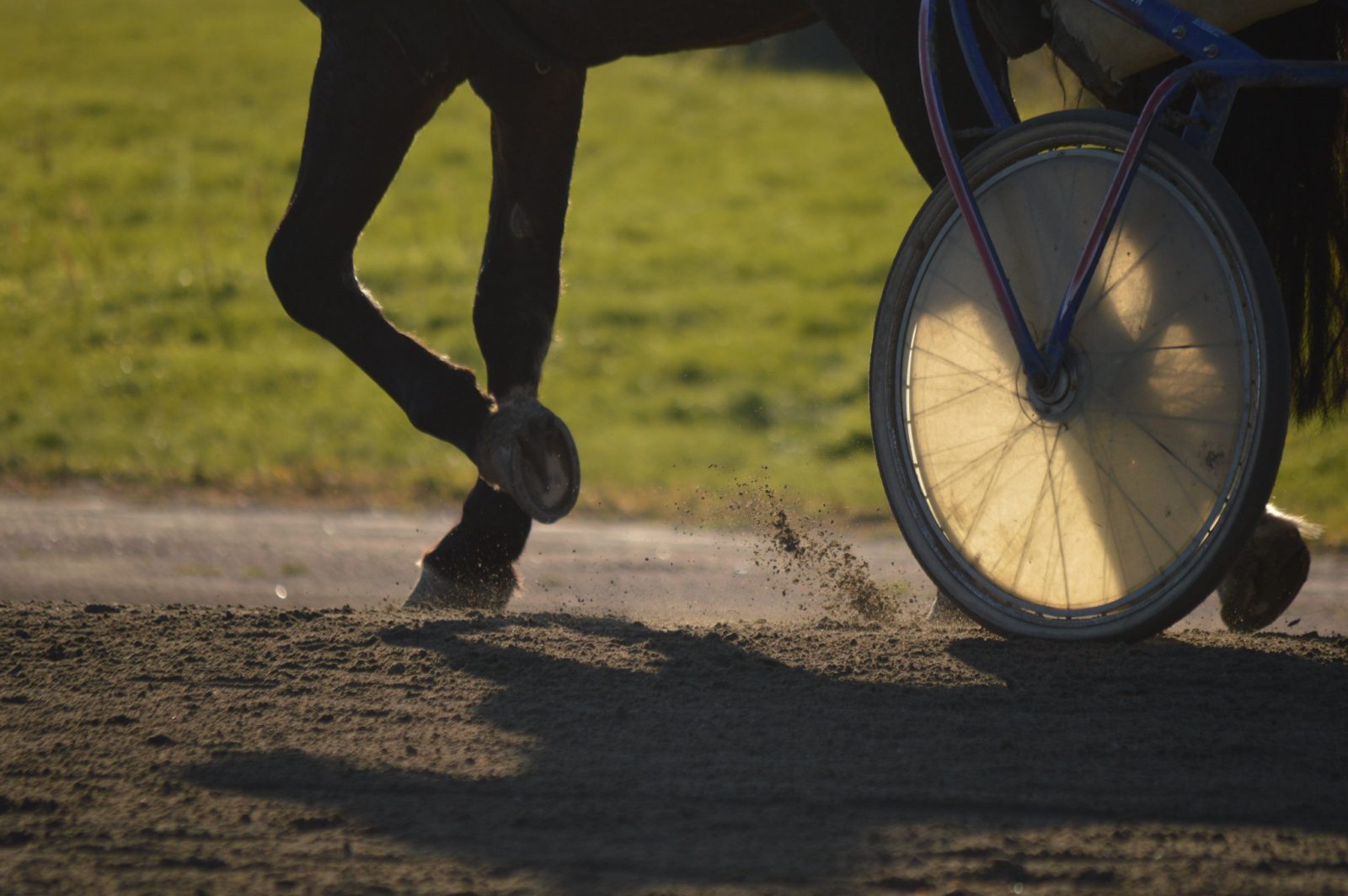Horse breeding
Horse breeding in Finland is an ecologically, economically and culturally responsible choice. In Finland, sports and pleasure horses are well-being and increasing research data contributes to the continuous development of the equine industry.
Caring for horses’ life-long well-being begins with the selection of the right kind of breeding qualities. Exhibitions and breeding inspections are tools for ensuring that the animals are healthy both by conformation and characteristics, and that their disposition is suitable for their intended purpose.
In Finland, horses are often treated as family members and breeding of foals is a way of life. In fact, horse breeding in Finland relies on horse enthusiasts who breed one or two foals per year. Of the around 3,000 foals born in Finland every year, some 1,000 are Finnhorses. The Finnhorse, the only original horse breed developed in Finland, is the national horse breed of Finland. It has been bred as a pure breed since 1907.
Suomen Hippos maintains the studbook for a total of 14 breeds: the Finnhorse, Finnish standardbred, Arabian horse, Thoroughbred, Anglo-Arabian, Finnish Warmblooded (FWB), Connemara, Icelandic horse, New Forest, Finnish Riding Pony, Gotland Russ, Shetland Pony, Welsh Pony (sections A, B, C, and D) and Fjord Horse.
The rules of the breed studbook are included in the breeding programmes of each breed. For stallions used for breeding, a stallion licence must be redeemed for the mating season and a record of matings must be kept. Once the keeper of the stallion has recorded the birth certificate as redeemed in the electronic system, the foal can be entered in the studbook. For more information, contact the registry of each breed.
Suomen Hippos provides the Heila breeding system (also in english) as a tool for horse breeding and advice, and to provide support to breeding selections.
